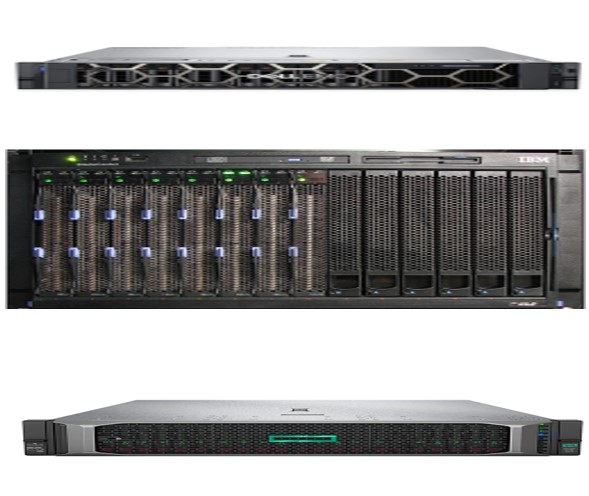Servers and storage are essential components of any IT infrastructure, providing the backbone for data storage, processing, and communication within an organization. Proper design, configuration, upgrade, and maintenance of these systems are crucial for ensuring optimal performance, reliability, and security.
Designing servers and storage involves selecting the appropriate hardware and software components based on the organization’s needs, budget, and growth projections. The design should take into account factors such as capacity, scalability, redundancy, and disaster recovery.
Configuration involves setting up the servers and storage devices to meet the specific requirements of the organization. This may involve configuring RAID arrays, network settings, security protocols, and backup and recovery systems.
Upgrading servers and storage is essential for keeping up with technological advances and business growth. This may involve upgrading hardware components such as processors, memory, and storage capacity, as well as software updates and security patches.
Annual maintenance contracts (AMCs) provide ongoing support and maintenance services to ensure the optimal functioning of servers and storage devices. This includes regular health checks, firmware updates, security patches, and 24/7 technical support.
In summary, designing, configuring, upgrading, and maintaining servers and storage devices are critical components of any IT infrastructure. Proper attention to these areas can help organizations optimize performance, improve reliability, and enhance security.

